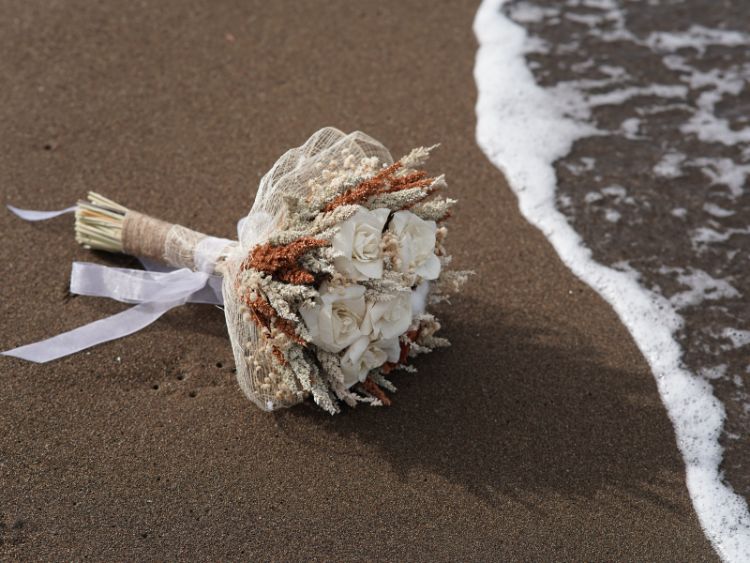Festive Attire: How to Shine in Every Celebration
When the festive season rolls around, the excitement of celebrations, gatherings, and parties takes center stage. Alongside the joy of these occasions comes the anticipation of dressing up in a way that reflects the spirit of the season—festive attire. Whether it’s for a traditional holiday gathering, a New Year’s Eve bash, or a cultural festival, choosing the right festive outfit is essential to make a statement while honoring the occasion.
In this comprehensive guide, we’ll explore everything you need to know about festive attire—from understanding the cultural significance of different festive outfits to selecting the perfect ensemble that suits your style and the event. Let’s dive into the world of vibrant colors, intricate designs, and timeless elegance that define festive attire.
What Is Festive Attire?
Festive attire refers to clothing that is specifically chosen to reflect the joyous and celebratory nature of a particular event or season. This type of clothing often includes bright colors, luxurious fabrics, and elaborate details. It’s not just about looking good; it’s about embodying the spirit of the occasion. From traditional ethnic wear to modern interpretations of festive fashion, there are endless possibilities for expressing yourself through your festive wardrobe.
Key Elements of Festive Attire:
- Vibrant Colors: Festive clothing often features bold and bright colors such as red, gold, emerald, and royal blue. These colors are not only eye-catching but also hold cultural significance, symbolizing prosperity, joy, and celebration.
- Luxurious Fabrics: Materials like silk, velvet, satin, and brocade are commonly used in festive attire due to their rich texture and appearance.
- Elaborate Embellishments: Embroidery, sequins, beadwork, and other embellishments add a touch of opulence to festive outfits, making them perfect for special occasions.
Types of Festive Attire for Different Occasions
1. Traditional Cultural Attire: In many cultures, traditional attire plays a significant role in festive celebrations. For instance, in India, festivals like Diwali and Navratri see women donning sarees or lehengas, while men wear kurta pajamas or sherwanis. Similarly, in China, the Lunar New Year is celebrated with cheongsams for women and traditional tunics for men. These outfits are often adorned with intricate patterns and symbols that represent cultural heritage and good fortune.
2. Modern Festive Fashion: While traditional attire remains popular, modern interpretations of festive fashion have gained traction, especially among the younger generation. Designers now create fusion wear that combines traditional elements with contemporary styles. Think of a crop top paired with a long skirt or a modern cut kurta with slim-fit trousers. This blend allows for more versatility and personal expression in festive attire.
3. Themed Party Outfits: Festive attire also extends to themed parties, where the dress code might be more specific. For example, a “White Christmas” party would call for elegant white ensembles, while a “Masquerade Ball” might require a more elaborate outfit with a mask to match.
How to Choose the Perfect Festive Attire
1. Consider the Occasion: The first step in choosing your festive outfit is to consider the event you’re attending. Is it a formal dinner, a casual gathering, or a cultural celebration? The nature of the event will dictate the level of formality and the type of attire that’s appropriate. For instance, a black-tie event might require a floor-length gown or a tuxedo, while a casual family gathering could be the perfect occasion for a chic but comfortable dress.
2. Think About Comfort: While looking fabulous is a priority, comfort should not be compromised. Festive attire often involves intricate designs and layers, which can sometimes be heavy or restrictive. Choose outfits that allow you to move freely and enjoy the festivities without any discomfort.
3. Match Your Personal Style: Your festive attire should reflect your personality and style. Whether you prefer a classic look or something more avant-garde, make sure your outfit makes you feel confident. Don’t be afraid to experiment with colors, patterns, and accessories that you wouldn’t normally wear on a day-to-day basis.
4. Pay Attention to Accessories: Accessories play a crucial role in enhancing your festive attire. Statement jewelry, embellished shoes, and a stylish clutch can elevate your outfit to the next level. Just remember, balance is key—if your outfit is heavily embellished, opt for simpler accessories, and vice versa.
5. Keep Cultural Significance in Mind: When choosing festive attire, especially for cultural events, it’s important to respect the traditions and customs associated with the occasion. Wearing culturally appropriate clothing not only shows your appreciation for the culture but also enhances the overall experience of the celebration.
Festive Attire for Different Seasons
1. Winter Festive Attire: Winter festivities often call for warm, rich fabrics and darker color palettes. Velvet gowns, fur-trimmed coats, and woolen shawls are popular choices. Layering is also key during this season—consider pairing a stylish jacket with your dress or a scarf with your suit for added warmth and style.
2. Summer Festive Attire: In contrast, summer festivities embrace light, breathable fabrics and bright colors. Cotton, linen, and chiffon are ideal for keeping cool while looking chic. Floral prints, pastel shades, and flowing silhouettes are perfect for outdoor summer celebrations like garden parties or beach weddings.
3. Spring Festive Attire: Spring is all about renewal and fresh beginnings, which is reflected in the choice of attire. Think of soft pastels, floral patterns, and lightweight fabrics. Dresses with ruffles, lace details, and delicate embroidery are perfect for capturing the essence of spring.
4. Autumn Festive Attire: Autumn festivities embrace the warm, earthy tones of the season. Outfits in shades of burgundy, mustard, and olive green are popular. Layering is again a focus, with the addition of stylish jackets, boots, and scarves that not only add to the outfit but also provide warmth.
The Role of Accessories in Festive Attire
Accessories can make or break your festive outfit. They’re the finishing touches that pull the whole look together. Whether it’s a pair of statement earrings, a bold necklace, or an intricately designed belt, the right accessories can add an extra layer of glamour to your attire.
Popular Festive Accessories:
- Jewelry: Gold, silver, and precious stones are commonly used in festive jewelry. Statement pieces like chandelier earrings, layered necklaces, and bangles are perfect for adding sparkle.
- Footwear: Shoes should complement your outfit and be comfortable enough to wear throughout the event. Heels, embellished flats, or traditional juttis (in the case of Indian attire) are great options.
- Bags: A small, stylish clutch or a potli bag can be the perfect accessory to carry your essentials while adding to your festive look.
FAQs on Festive Attire
Q1: What should I wear to a formal festive event? A1: For formal events, opt for elegant and sophisticated attire. Women can choose a floor-length gown or a chic cocktail dress, while men can go for a well-tailored suit or a tuxedo.
Q2: Can I wear casual clothes for a festive occasion? A2: It depends on the event. Some casual festive gatherings may allow for more relaxed attire, but it’s always best to add a festive touch, such as vibrant colors or a statement accessory.
Q3: How can I make my festive attire more sustainable? A3: Consider investing in timeless pieces that you can wear for multiple occasions. You can also rent festive outfits or buy from sustainable fashion brands that focus on ethical production.
Q4: What colors are best for festive attire? A4: Bold and bright colors like red, gold, green, and royal blue are traditionally associated with festive attire. However, the choice of color can also depend on the specific event and cultural significance.
Q5: How do I choose the right accessories for my festive outfit? A5: Choose accessories that complement your outfit without overpowering it. If your attire is heavily embellished, go for simpler accessories, and if your outfit is more understated, you can opt for bolder statement pieces.
Conclusion
Festive attire is more than just clothing; it’s a way to express joy, culture, and personal style during special occasions. Whether you’re attending a traditional cultural celebration or a modern festive event, the key to nailing your festive look lies in understanding the occasion, choosing the right outfit, and accessorizing wisely. Remember, the most important thing is to feel confident and comfortable in whatever you choose to wear.
As the festive season approaches, start planning your wardrobe early to ensure you have the perfect ensemble for every occasion. With the tips and insights provided in this guide, you’re sure to shine in any festive setting.
Authoritative Links (Plain URLs):
This article covers the essentials of festive attire, ensuring you’re well-prepared to make a stylish statement during any celebration. From traditional cultural attire to modern festive fashion, this guide provides valuable insights to help you choose the perfect outfit for every occasion.





